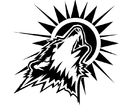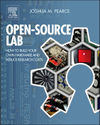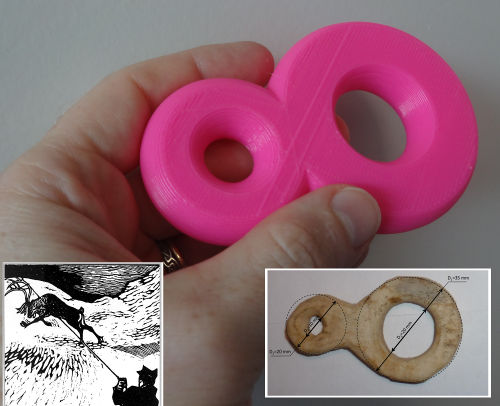Prospects of applying 3-D printing to economics of remote communities: Reindeer herder case

|
By Michigan Tech's Open Sustainability Technology Lab.
Wanted: Students to make a distributed future with solar-powered open-source RepRap 3-D printing and recyclebot recycling. |

|
| This page is part of an international project hosted by MOST to use RepRap 3-D printing to make OSAT for sustainable development. Learn more.
Research: Open source 3-D printing of OSAT • RecycleBot • LCA of home recycling • Green Distributed Recycling • Ethical Filament • LCA of distributed manufacturing • RepRap LCA Energy and CO2 • Solar-powered RepRaps • solar powered recyclebot • Feasibility hub • Mechanical testing • Lessons learned • MOST RepRap Build Make me: Want to build a MOST RepRap? - Start here! • Delta Build Overview:MOST • Athena Build Overview • MOST metal 3-D printer • Humanitarian Crisis Response 3-D Printer |
Contents
Source
- Svetlana Obydenkova, Nicholas C. Anzalone, Joshua M. Pearce, (2018) "Prospects of applying 3-D printing to economics of remote communities: Reindeer herder case", Journal of Enterprising Communities: People and Places in the Global Economy, Vol. 12 Issue: 4, pp.488-509, https://doi.org/10.1108/JEC-08-2016-0029 open access
Abstract
Purpose
Isolated communities face a variety of inconveniences including severe remoteness, poor roads and extreme climate conditions, resulting in the lack of security of supply chains and exorbitant prices for cargo delivery. This paper aims to investigate the present advantages and prospects of applying 3-D printing to improve economics and everyday life of remote communities, reindeer herder case taken as an example.
Design/methodology/approach
This study covers the use of a low-cost open-source 3-D printer (RepRap) capable of fused filament fabrication to reduce operating costs for nomadic reindeer herder groups. Three case studies are provided for reindeer-specific applications to probe economic and technical viability of the technology, namely, ear-tags, electric fence components and lasso accessories.
Findings
3-D printed objects feature technical characteristics similar to those of analogues available on the market while reducing the price by 63 per cent. Distributed 3-D printing reduces the cost of raw materials by 68 per cent and shipping costs by 50 because of lower trip frequency. If all reindeer herders globally were to adopt distributed manufacturing of the three aforementioned sample items only, their annual savings from such solution would amount to US$2m. The paper discovers other economic, entrepreneurial, technical and environmental opportunities offered by 3-D printing put to service the needs of remote communities.
Research limitations
As the paper is the first-ever study of 3-D printing potential applied to the reindeer husbandry case, it is based on a more thorough analysis of the techno-economic feasibility of the technology, while cultural and entrepreneurial factors have been discussed as preconditions only.
Practical implications
The paper might serve as a valuable source of information for entrepreneurs, as well as for students and academics for further case studies in this area.
Originality/value
In remote conditions, 3-D printing offers a more sustainable way of good manufacturing. Numerous open source designs already available for specialists, financial effectiveness, environmental benefits and vast opportunities for entrepreneurs are among the most promising advantages of the technology.
Keywords
Community, Distributed, Manufacturing, Hardware, Open-source, 3-D printing
In the News
- Study Shows Benefit of 3D Printing to Indigenous People 3D Print
